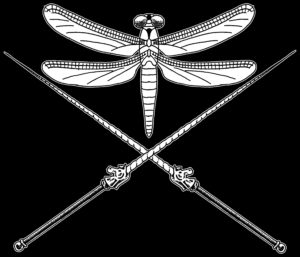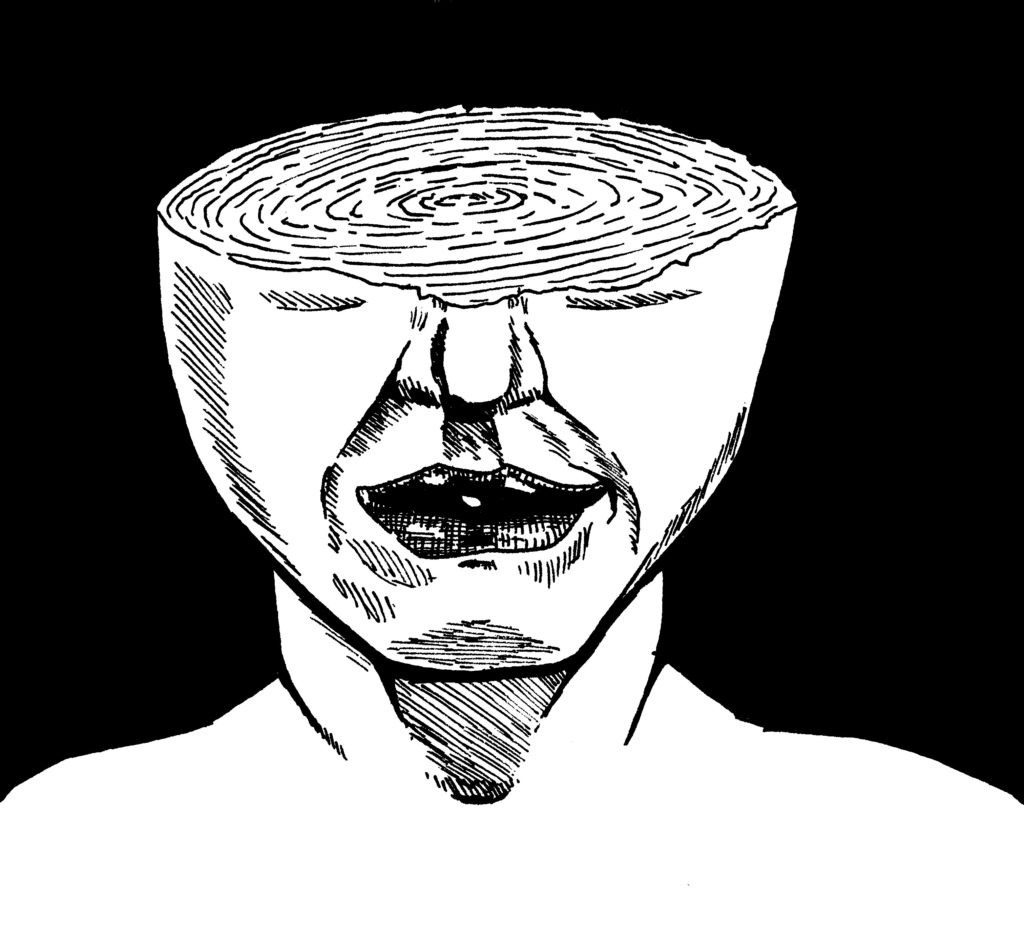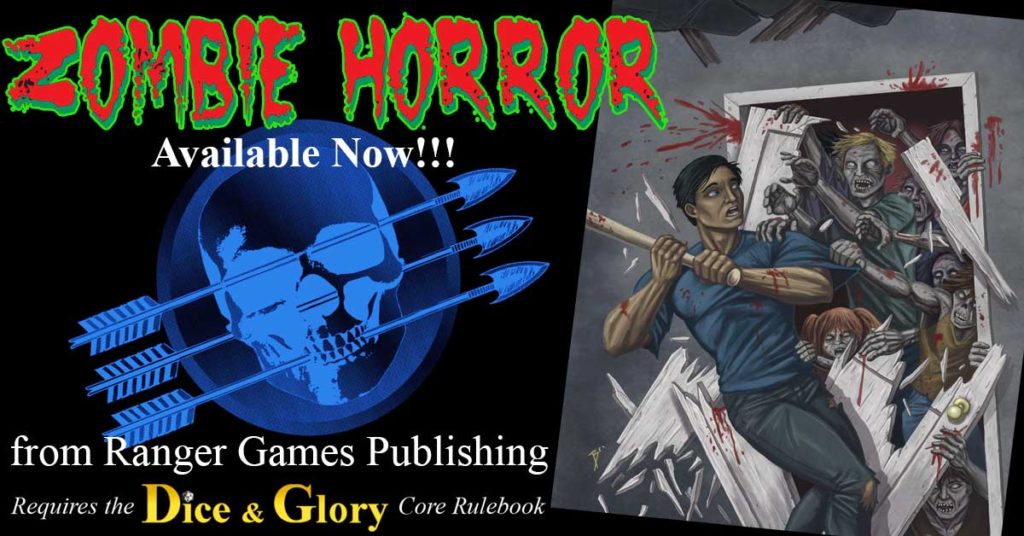
Fauna (played by Jenn) woke up in a large round silk bed. She luxuriated in the smooth, cool sheets. The druid had taken a long hot bath in the tiled bathing room a few rooms over and enjoyed a hot meal and tea before bed. She sighed. Her mind drifted to the previous night. After following the Wasp and his apprentice Bumble, she had found herself standing in a vast strange hall. The vaulted ceiling was at least 20 ft. high and the walls smooth beige lined with magic sconces whose light instead of banishing them seemed to multiply and deepen the dull shadows that populated the blank walls. The brightly colored sconces were of blue, green, and orange stained glass in the shape of dragonflies.
Isis (Szoo’s player): “Uh oh is that the merchant guy’s hideout?”
Jenn: *roll*roll* “Um…”
The GM (me): “The sconces don’t ring a bell, as far as you’re concerned they’re just part of the scenery.”
Fauna was shook from her reverie by the rattling of the silver tray that Bumble clumsily carried into the room. Ilna dropped onto the side of the large circular bed and lavender sheets setting the silver tray on the bed next to her. It was Fauna’s breakfast, fresh fruit, steaming meat, fresh baked bread, a bowl of broth, and a silver teapot filled with herbal tea at perfect temperature.
Fauna (“just trying to make conversation”): “Wow! Where did this come from?”
Bumble: “Oh just the larder in the kitchen. You just reach in and it gives you food.”
Cris (Excor’s player): “Yup, of course, magic, damn mages.”
Isis (Szoo’s player): “You’re a MAGE!”
Cris: “Yeah! Well it doesn’t mean I like OTHER mages!”
Bumble seemed thrilled that Fauna was there but was not very forthcoming with where they were. Consequently, Fauna was suspicious as to their actual location. There were no windows anywhere in the place and the main hall seemed endless. Apparently, Bumble had learned to deflect.
Cris: “Pocket dimension possibly?”
Isis: “That’s what I was thinkin’.”
Jenn: “Yeah, I think so too.”
Fauna: “So, where is the… your master?”
Bumble: “Oh he’s downstairs trying to open that box.”
With that, Fauna leapt to her feet, snatched up her robe, and donned her clothes as she ran down the sweeping ivory grand staircase into the main hall.
Cris: “You sleep naked!?”
Isis: “Really sis?”
Jenn: “Well, yeah my girl sleeps naked! Duh.”
She rushed across the polished marble mosaic floor towards a large niche under the ivory stairs. However, it was crowded with book stacks and piles of scrolls. There was a green lacquered double-door in the rear wall of the niche. This certainly led to a library.
Cris (to Jenn): “Aw man, you CAN’T read!”
In the niche amongst the clutter, was the Wasp frantically unrolling and scanning various scrolls before tossing them carelessly away, the long case on the floor not far from him. Fauna again initiated some small talk and maneuvered her way to the case.
Fauna: “So, hi there… Xanto!”
Xanto: “Oh Hi! Hope you slept well, Bumble says you enjoyed the bath!”
Fauna (pointing to some scorch and blast marks on the walls and floor): “Um, the damage?”
Xanto: “Oh. Ha, ha. The case cannot be broken open apparently. Very powerful magic sealing it up!”
Fauna (unsure of what to say next): “Well, that… shouldn’t be a problem for, um… the Great and Powerful Xanto! Now would it?”
He looked at her with narrowed eyes and his cocked to one side. Then he snapped back to his cheery self.
Xanto: “Well, I guess since you’re Draega’s friends, I’m, uh, I just want to make sure the goods are in there y’know?”
Fauna: “Um. Yes. Yes we are Draega’s associates… friends. We do business all the time.”
Xanto: “Yeah. Tell him he still owes me for delivery of the chest, well, I guess I didn’t deliver that, but it’s this that counts. He owes me a lot of money. That guy! He has his fingers in every Ezmerian pie!”
Fauna (blurting out her sudden realization): “So he’s selling it to the dragon!”
Xanto: “Uh, oh well yeah. I am cut in for a small percentage upon delivery. Boy that went up in smoke didn’t it! Ha, ha! He had you guys keeping tabs on me; you’re not very good at it. Now where’s Bumble? Oh, hey! Help me with this!”
She waited until the Wasp and Bumble were distracted by pulling out a heavy volume from an unstable stack of books then began running her hands over the case carefully and thoroughly inspecting it. The slight sound of a click, the other pair seemed not to notice, and the druidess opened a small hidden compartment out of sheer luck (Nat 20). She withdrew a tiny scroll of paper sealed with a wax seal and stuffed that in her robes before closing the compartment.
Xanto: “Did you find anything?”
Fauna: “Uh, what? No, nope nothing.”
This lasted about an hour or so Fauna reckoned before the Wasp stopped and stood perplexed rubbing his pointed beard between his thumb and forefinger. It seemed he had run out of ideas.
Xanto (his finger jutting into the air like a proclamation): “I need to pick up some… ahem… supplies! You!”, pointing at Fauna, “We will part ways after leaving here. Bumble!”
Bumble: “Yes?”
Xanto: “Don’t forget to blindfold your friend, oh, and, um, carry this, and this, this one, aaannd, this and that one.” He had stacked several books in her outstretched arms. “Okay! Let’s get on the move no time to waste! Come, come, come!”
The trio walked a fair distance down the main hall until they came to a large mirror built into the wall. It was rimmed in gold with a sapphire and emerald dragonfly at the top edge. The Wasp reached into his robes and from what Fauna could see; he pulled out a gold key with the emblem of a dragonfly at one end. He stepped through the mirror as if the silvered glass were still water rippling and reflecting like quicksilver. Bumble quickly followed carrying the stack of books and Fauna jumped through last.
Before she could orientate her senses, everything was spinning, the Wasp and Bumble had left and the druidess found herself in a small dusty closet alone. It appeared to have not been used for quite some time. There was a small rectangular window high on the wall providing the only light. She turned and saw a large standing mirror behind her, the only thing in the large closet that was free of dust. She peeked out of the only door and found that she was somewhere near the back of the Bardic College’s library. All she could see were whitewashed walls lined with an unending reading table and case after case of books and scrolls dangling with so many chains and locks that she could barely see any of the actual reading material. Immediately, she thought to use the cabal medallion around her neck.
Elsewhere, Excor and Szoo met up outside of the Shield & Helm Inn. In contrast to Szoo, Excor was dressed in his “noble gear”. His outfit was a richly embroidered silk robe with a black silk sash at the waist and a buttoned undershirt. Additionally, he had on hard-soled black silk shoes with buttons up the side and pointed toes. On his head was a black felt pork-pie type hat rimmed with purple and a peacock feather. Finally, a new gold ring, a signet ring, was shining on his right hand. He still wore the magic blue cape.
Szoo: “Whaaat is this?”
Excor (feigning a regal attitude): “I am of noble blood.”
Szoo: “Okaay.”
Cris: “No. Seriously, I’m from a noble family check my background.”
Szoo: “Well, what good does that do us?”
Excor: “I don’t know about you but it’ll help me a whole lot! You just can’t kill a nobleman in the city! I have rights!”
They went on their way to the White Prong to meet up with Fauna after receiving her Whisper message. Soon enough all three of the adventurers were sitting at a table discussing things over a pitcher of strong ale. It was not long before Fauna passed Excor the small scroll she had nicked from the long case.
He unrolled it after breaking the blank wax seal and found two sheets of paper, a letter and an ancient sheet of sheepskin documenting an item. After casting Comprehend Languages, Excor began reading the letter so the other two could hear.
Dear distinguished blue steward,
I hope the object has found its way to you with this letter with little difficulty. We had a slight complication with the hirelings who found it and some information may have passed from one of their number to persons unknown. There are others whom desire its power but we do not currently know who they may be. However, there is at least one based out of your city or thereabouts. We have hired a group of freebooters; they should be of sufficient strength and honesty to make this delivery. I am glad to hear my first letter has reached you and will follow a month after the cargo to make sure all is in order.
P.S. – The case is proof against dragons, one cannot be too careful, and not just magic will open it.
The letter bore no signatures. Excor set down the letter and picked up the documentation for the contents of the case. It described the item in the case as the Unicorn Scepter; it is a wand with a polished jet grip and a rounded azurite pommel stone. There is an alicorn mounted to it by a polished platinum horse head acting as a guard when the “battle-wand” is used as a weapon. Consequently, the wand was first found in an ancient tomb in Granfor and was created by an ancient Southlander Mage-lord. Further, the alicorn cut from a heroic unicorn warrior. Consequently, it possesses all of the powers of the alicorn and can cast the Control Weather, Summon Locust Storm, Chain Lightning, Summon & Control Rain, and Wind Step spells. There was a color illustration of the Unicorn Scepter alongside the text.
Excor: “Aw man, this thing is powerful. No wonder the dragon wants this thing.”
Szoo: “Yeah, we can’t let her get her hands on that.”
Fauna then told her companions about what the Wasp had said about Draega the publican of the Red Helm tavern, their favorite haunt.
Cris (throwing his pencil down): “Whoop! There it is! Aw, man! I knew it, I knew it! Never trust a f@#$*&g Tanglenite! Everyone from Poisonwood are damn crooks! You can’t trust ‘em! Just…I knew that guy was untrustworthy. Can’t trust ‘em!”
As a result, the trio decided they needed to split up and make preparations. They would use the medallions to meet up at evening when everything was ready.
Excor (leaning in): “We are gonna need some real fire power for this one.”
To Be Continued…
[do_widget id=”cool_tag_cloud-4″ title=false]


